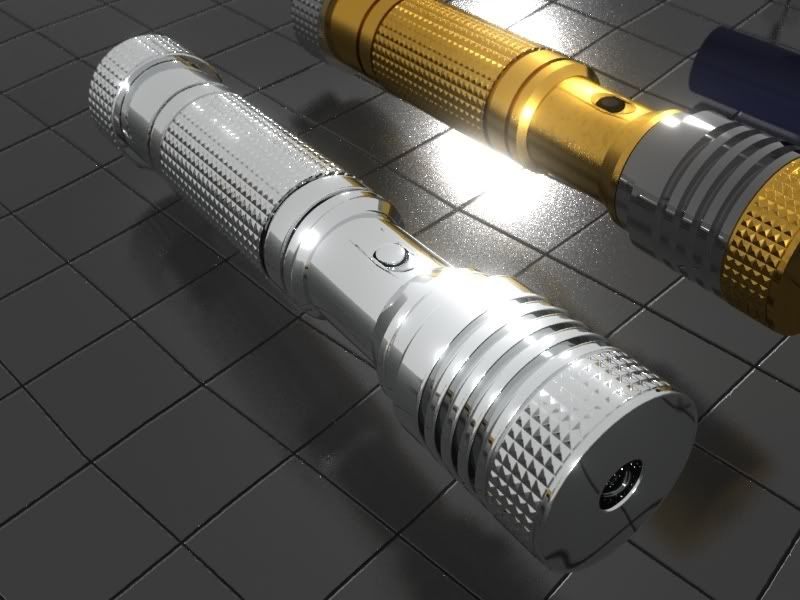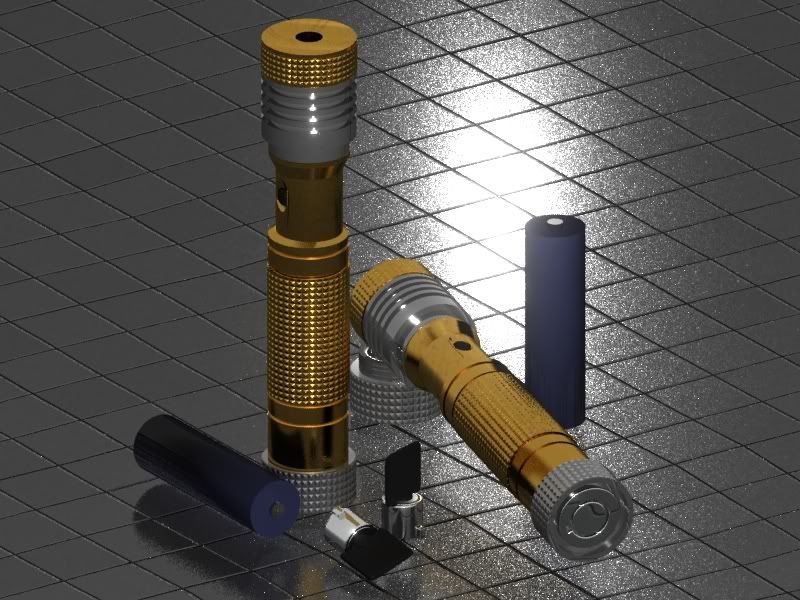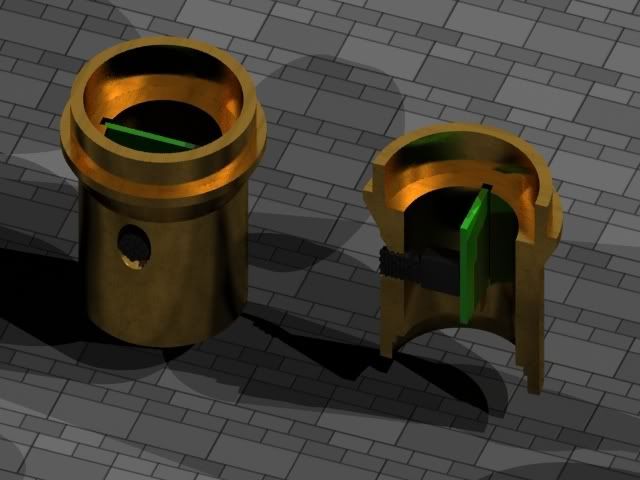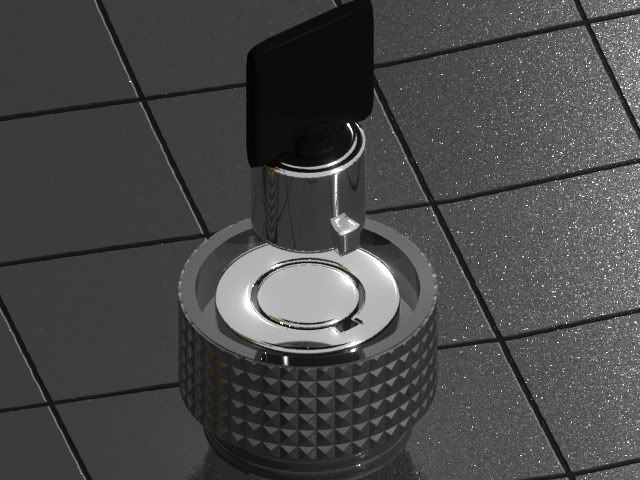Re: Host Design Contest
Double post:
I remembered the liquid nitrogen (LN2) portable host design I came up with earlier ... in the shower.
It utilizes a sealed ceramic host to heatsink junction, that holds the drivers sealed in the pill. This is so that the drivers do not succumb to super cooling effects. I don't want to "overclock" anything here with the drivers. These will have a special screwing method, not like metal threads, but using two large threads. I have a loose idea in mind, but it's hard to get down on paper. The ceramic will lock into place with the host body. Then the heatsink will lock into the ceramic.
The heatsink is all encompassing, and I believe it to be the best heatsink design I've ever thought of. I, personally, think it's brilliant.
First things first, there will be a tiny hole drilled into the back of the heatsink, and a digital thermometer head will be inserted. Removing it from the LN2, just getting temp from the heatsink. This will feedback to an LED display above the power button on the side of the host (there's going to be a metal side clicky with a lit circle around it).
Back to the heatsink. Beyond the initial metal ring, is an empty doughnut of space, then the other piece of the heatsink. Going through this doughnut, is the module. Though this is all one piece of metal, so the diode and module will never have direct contact with the LN2. This doughnut and heatsink is shielded by a sleeve as well, with a slide open slot. Think of the hatch you see on secret doors in movies, that are opened to check for visitors (and often have guns slipped into them).
This slider will open, and I will pour the LN2 into it, until evap stops, and the heatsink has fallen to -191C.
Even more ingenuity ahead! Since water vapor here will be an issue, I've thought of that

The laser will be focused to infinity beforehand, and then sealed in the heatsink. There will be two slots drilled around the output "cavity". In these slots, I will place desiccants that have been thoroughly baked, and dried, beforehand. On the output side, I will seal a sheet of AR glass, with a thin layer of silicone. So those desiccants will keep water vapor from irritating the optics and electronics within the module. I will also use an acrylic lens for the laser. I don't need metal expanding and exploding the module. Around the module will be a sealant, likely silicone. This is so during expansion, things don't shatter, but there is still a seal to prevent leaking LN2.
I have a very specific idea for this build, I know exactly what I will be doing with it. Though I am keeping that a secret

I have pictures of really quick sketches I did. Not pictured, are the button, temp monitor, and thermometer. The rest should be accurate. The endpiece is loosely designed here, I may limit the fins later on.
I am also using this tech for a labby, so stay tuned for that

PS - I have NO idea how much this will cost. Perhaps under $200, but I can't be certain. There are a lot of specialty parts here, so likely not. Either way, even if it can't be entered, it's a fun idea that I wanted to showcase.








